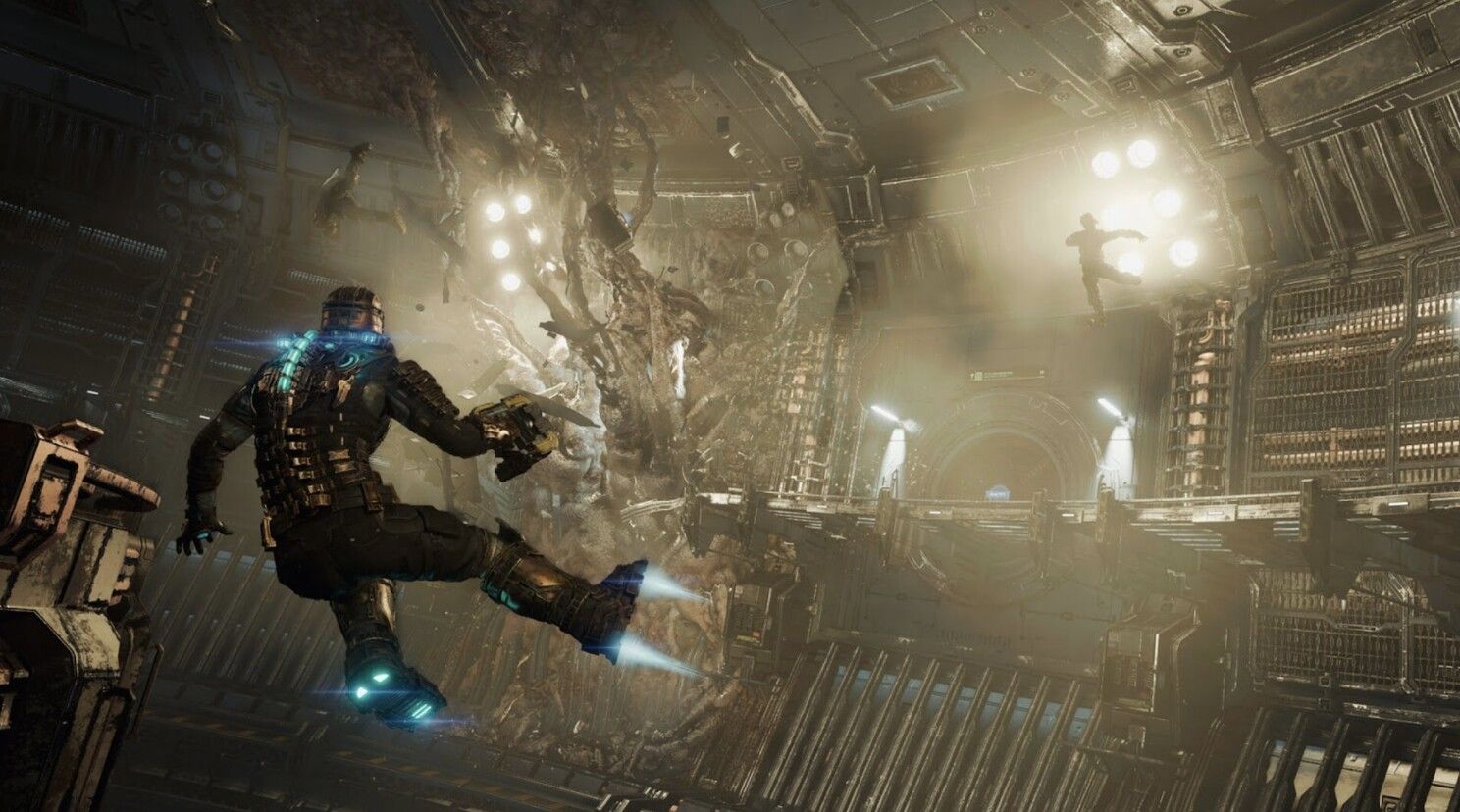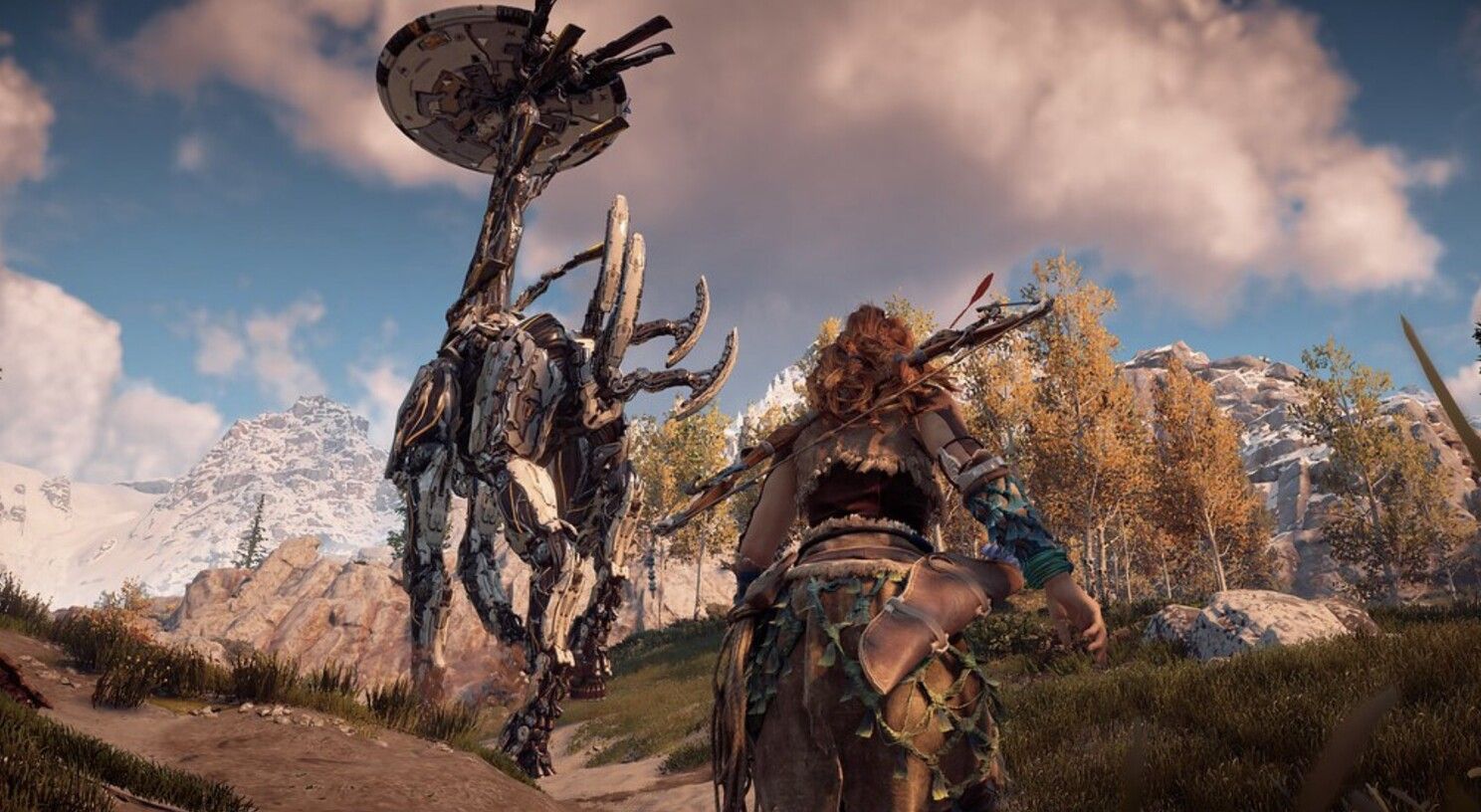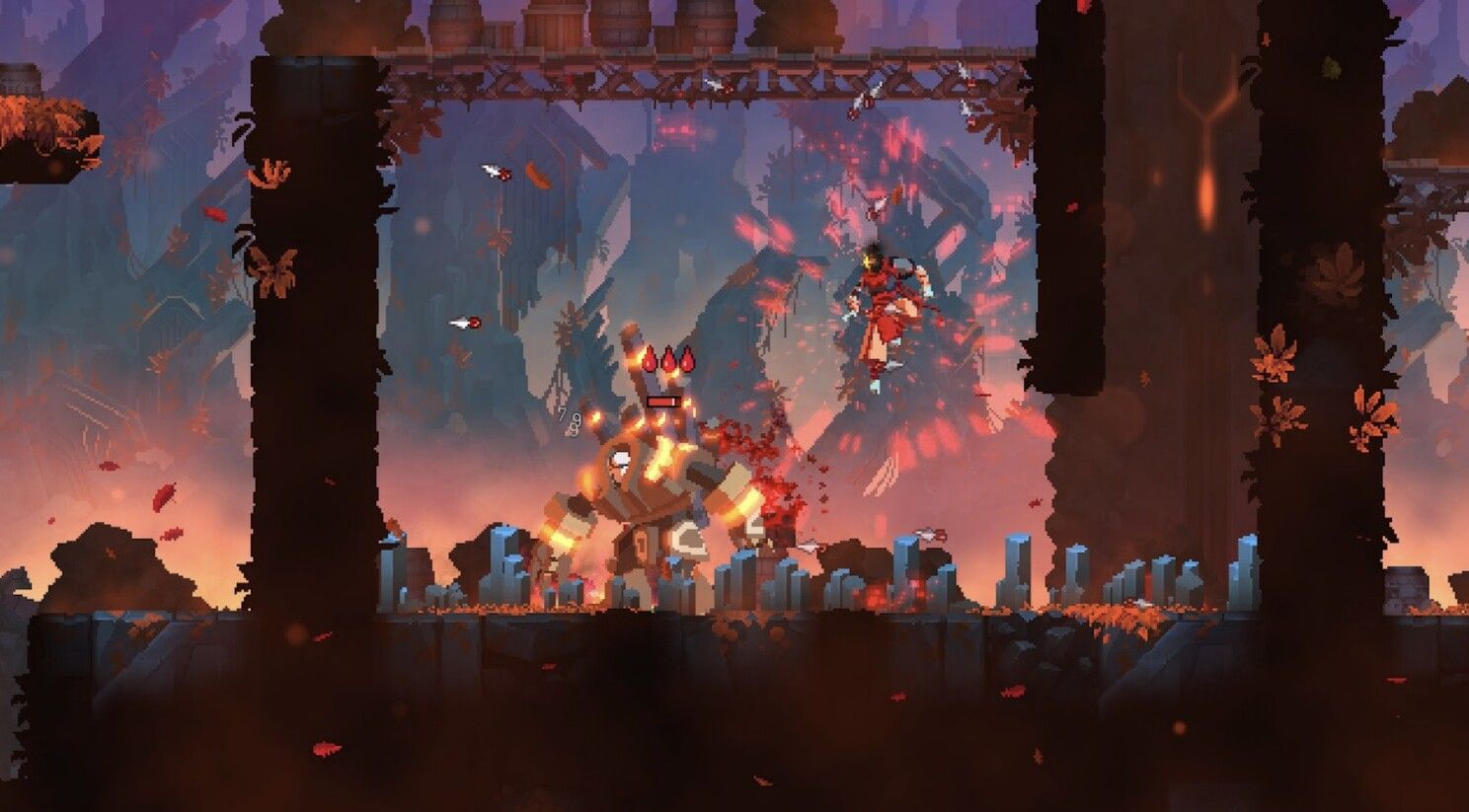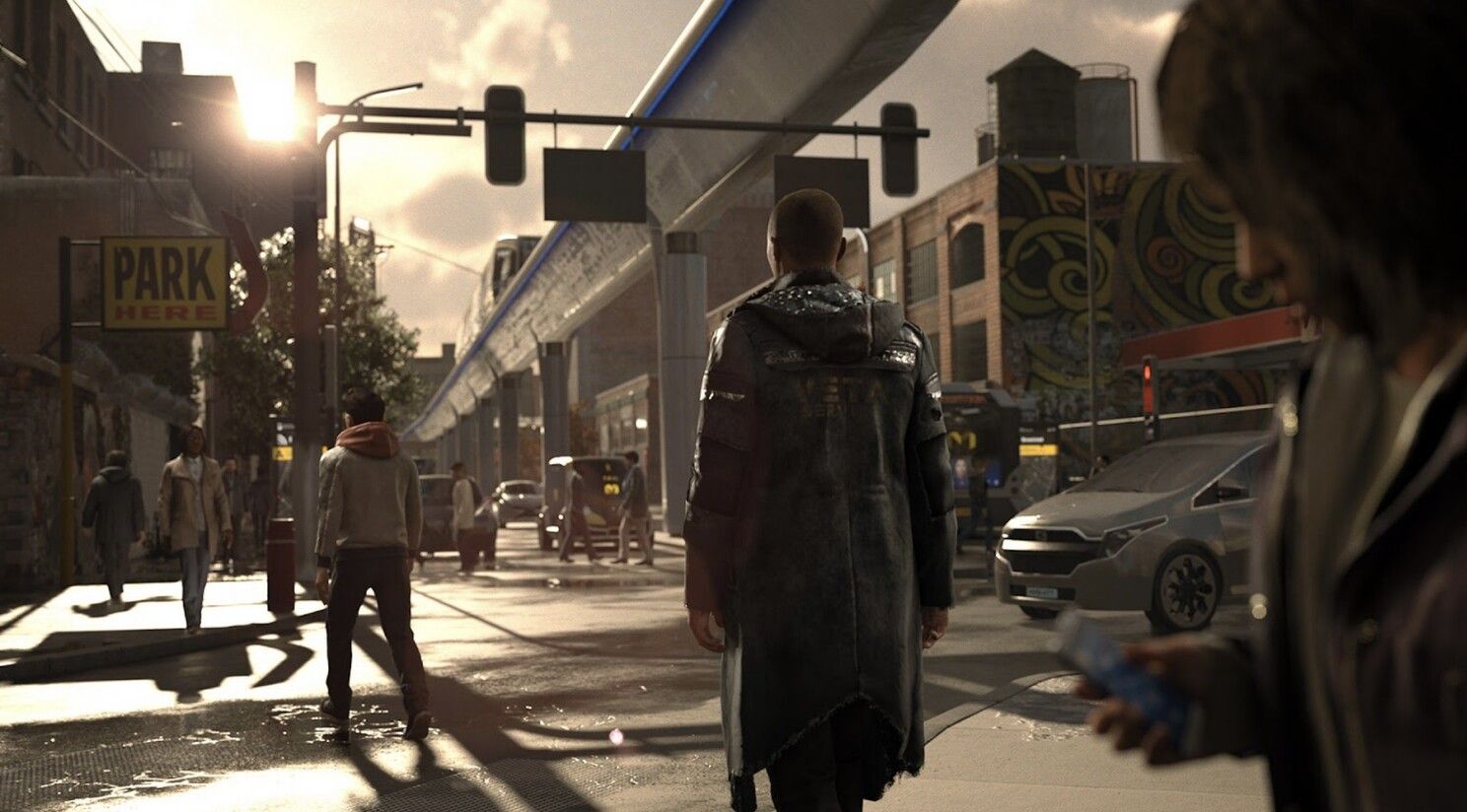
The Bread and Butter of Modern Games
Video games have been a household staple in the modern world, shaping the gaming industry and testing the limitations of technology. From your home computer to your mobile phone, digital games are readily at your disposal. Video games aren’t like movies, though they have similarities. Game developers require story teams, programmers, and artists to make up their world how they want it to be, but that takes valuable amounts of time.
Within recent years, the number of video games released has dramatically increased, but why is that? What has shifted in this carefully-crafted industry that has made it one of the core showcases of modern technology? Here, we delve into the key game types that are often found in the modern gaming industry along with the pros and cons of each. We will call these methods of design, which can be mixed and matched at times, the bread and butter of modern video games.
Procedural Generation

(Image credit: Mojang)
What is a procedural generation? Procedural generation is a product created by computer data using mathematical equations, typically used in video games such as No Man’s Sky, Horizon Zero Dawn, Minecraft, and many others. Procedural generation has become quite the feat of modern technology using Deep Learning, a machine-learning subset that mimics the human mind. However, more than just procedural generation goes into making modern video games, as multiple factors can affect the end product when used. These other factors include random generation and linear game design.
Random Number Generation

(Image credit: miHoYo)
Unlike procedural generation, which allows the game to create content as it goes, random generation is the process of a sequence of numbers randomly chosen based on hard values and rules set by the developer. Some of the earliest examples of this can trace back to the good ol’ coin flip, dice, and gambling machines. Nowadays, random number generator (RNG) methods of gaming can be found in games like Genshin Impact, Pokemon, and Diablo. Without RNG, games like Minecraft or the Binding of Issac wouldn’t live up to the same standards they do now. However, video games that require strategy or skill often don’t utilize RNG. Rhythm games typically need direct inputs while fighting games require precise timing and focus to win. Throwing RNG into the formula would harm the outcome of these games’ reputations. You wouldn’t want to lose a Rhythm Heaven speedrun because the game randomly added an extra projectile it didn’t have earlier, would you?
Linear Game Design

(Image credit: Motive Studio)
Linear games, such as the Uncharted series, the Dead Space series, the God of War franchise, and many more are games that require you to traverse between points A and B. More often than not, these games will provide the option to explore the area that allows you to collect better loot or speak with NPCs, but the game will not progress until the player reaches the required destination. It’s the most difficult type of game for developers to create, requiring them to map out a story/storyboard, create the script, and make sure everything works the way it was intended to. Non-linear games, nick-named “Sandbox” games, are open-world games where the player has much more freedom in exploring the worlds often programmed by procedural generation. While sandbox games still have a plot, the story can be accessed at any time and is not required to traverse the world.
Assembling Horizon Zero Dawn

(Image credit: Guerrilla Games)
Most games are made using either two of the three different programming tools, or all three harmoniously. Take Horizon Zero Dawn for example. Horizon, developed by Guerrilla Games, has a semi-linear game design that allows you to traverse areas and progress in the game at your own pace. Its combat and loot system relies on RNG while the geo navigation and landmarks are procedurally generated using deep learning. Thanks to the artificial intelligence Guerrilla Games had been advancing since their Killjoy franchise, Horizon Zero Dawn balances each component to create such a unique and fantastic game. Without one component, the final product would be drastically different. However, Horizon Zero Dawn isn’t without flaws. One of the top complaints that drags the game deals with the type of RNG in place.
PRNG vs. TRNG
The two major flaws of RNG can differ depending on the type of RNG used for the final product. Pseudorandom number generation (PRNG) is a type of RNG that stems from an initial value, typically called the “seed”. Similarly to procedural generation, PRNG uses specific mathematical equations to calculate the outcome of an event. True random number generation (TRNG) is the ultimate randomness, which can often take longer periods to process without success. That true randomness generally leads to chaos and game-breaking phenomena. The entropy caused by TRNG cannot be controlled to the developers’ desire, so PRNG is often favored. The unfortunate thing about PRNG and RNG as a whole is that the computer develops an algorithm; the computer would take a common seed and follow the same pattern of generation. Computers were never designed to be random so it automatically tries to create a pattern to fit into the rest of their system. When it comes to Horizon Zero Dawn, the potential loot you [as the player] receive is controlled via PRNG. However, this can quickly backfire as multiple people soon went onto different online forums warning others of their experiences of not getting good loot, if any at all. This is an unfortunate side effect of RNG in video games from loot to critical hits/misses.
Pros and Cons of RNG

(Image credit: Motion Twin)
With that being said, it’s RNG that keeps games replayable. This also ties into some of the cons of the typical linear game design. Linear game design is generally used for more story-based games, which play out like a book or movie. Typically, a person wouldn’t reread the same book once they’ve finished it. It could take a person years to pick up that story again, yet they could never catch the same feelings of curiosity or excitement as they did when they first read the book. In a world of fast-paced media and companies pumping out content by the pound, we, unfortunately, play linear games once and leave them in the dust. Games like Stray and Tiny Tina’s Wonderland were hyped up to their releases before they soon lost the general interest of the public and were considered “dead”. Even when big-name YouTubers like Jacksepticeye and Markiplier would play these games, the linear aspects of the game kept it short-lived, leaving very little wonder once the story was completed. There was a wonderful story these games told, but there wasn’t any reason to replay the same story over and over again. RNG solves this issue, changing the game every time a person plays it. Small areas not unlocked previously could now be explored and new loot and dialogue could be accessed.
The best game that represents a linear game design while also utilizing RNG is the indie-developed game Dead Cells, created by Motion Twin. You [as the player] go through dungeon after dungeon as the story unfolds around you until you defeat the final boss or die trying. Once you die or restart the game, the game randomly generates different dungeons and interactable characters as you still try to escape while learning more and more about the story. Dead Cells requires you to replay the game, and the RNG factors perfectly create the fresh feeling of playing it for the first time. Partially because the specific seed you’re using that round IS completely different. We also have games like Cult of the Lamb and The Binding of Isaac, which also utilize randomly generated rooms to collect new powers and explore new areas.
Pros and Cons of Linear

(image credit: Quantic Dream)
Another aspect of linear game design can be considered a lack of original gameplay. More often than not, you are in the third person as you explore the large area ahead of you and you are given a task to go from point A to point B. Once at point B, the story will continue. Like what was said before, linear games feel like watching a movie or reading a book as you follow along with the story and watch the characters rather than BE the characters. Now, if you’re looking for a combat-oriented game or different gameplay in general, having to wait for long cutscenes is a major turn-off. However, this can be considered both a con and a pro depending on the type of story you wish to convey.
Detroit: Become Human is the perfect example of a linear game design. In D: BH, developed by Quantic Dream, you play as three separate androids who each have their own story and choices. Depending on the choices you make in-game, you will affect the final ending for each character, leading to multiple endings that can be achieved. These types of games aren’t exactly considered games but rather “experiences”. You don’t choose to play these games because you enjoy the combat and strategy mechanics; instead, you play these games to watch the events unfold as you succumb to the realization that you caused the robot revolution. These games are more than television shows and books because you get to decide what happens. Your experience of the game is yours and yours alone, no matter how many other people went the same route you did. Other similar games like The Walking Dead, The Last of Us, and Life is Strange also have these moments where the player gets to feel like they are in control of the outcome. If games like Far Cry were linear, that would destroy their whole foundation while games like D: BH and Life is Strange thrive off using linear game design to tell a meaningful and impactful story.
Pros and Cons of Procedural Generation

(Image credit: Stability.ai)
Finally, procedural generation has its own set of pros and cons. While it is an excellent tool for game developers in many ways, procedural generation does not come close to the genuine feeling of creativity that comes with fully man-made art and video games. In recent years, artificial intelligence has advanced, and ai-generated art has become popular amongst online groups. What we consider art typically follows something along the lines of “making us feel human.” Art is subjective and releases emotions inside people, whether these emotions are anger, hope, sadness, or pain. What makes art good relies not on the skill of the artist but on the emotions it unlocks in others. When artificial intelligence makes art, it lacks that “human emotion” an artist would put into their art, making it convey emptiness in a soulless manner. People who prompt artificial intelligence don’t have to be artists, either. As long as the right tools are enabled, anyone could make art using ai. With that being said, are people who use artificial intelligence “artists?”
No Man’s Sky

(Image credit: Hello Games)
When Sean Murray began development for No Man’s Sky, he strove for a non-linear game that could be explored with new wonders people had never seen before and to have a unique experience. With a world made entirely using procedural generation, No Man’s Sky’s greatest flaw was the emptiness that succumbed to players when traversing the digital world. The lack of quality control that came with procedural generation made the cluttered pixels feel empty to the observer after hours of examining them. Similarly to the issues with PRNG, procedural generation also faces the problems of repetition. No Man’s Sky, developed by Hello Games, contains 18 quintillion planets even though it’s 6GB in total. To make this number using such a limited amount of storage space, the computer uses deduplication to duplicate seeds and planet designs. Because of this, players are often quick to note the duplication of worlds. While the final product didn’t meet the popularity the team was hoping to achieve, the uniqueness of No Man’s Sky provided proof of procedural generation’s potential, cementing it as a crucial tool in the gaming industry.
The Future of Gaming
When used carefully and cautiously, procedural generation can be an excellent tool for game developers. The amount of time and money that procedural generation saves allows developers to spend that time on other aspects of the game. Ai-generated art can still give inspiration to creative teams while storage and memory space is spared drastically. When used moderately and accordingly, procedural generation helps create unique and lively games that thrive on atmospheric exploring. Similarly to procedural generation, random number generation can create and assist replayability in games when used in moderation, as well as leave an element of surprise for new players to explore. Finally, linear game design can assist in sharing an experience with the player, giving them an interactive story that they can use to escape into a world of new experiences. Is it a requirement to use all three? Not at all! However, it’s still good to use be aware of the modern methods and tools that are at the disposal of game designers and producers when creating games, as they often end up being the foundation for games today; the “bread and butter of modern games.


